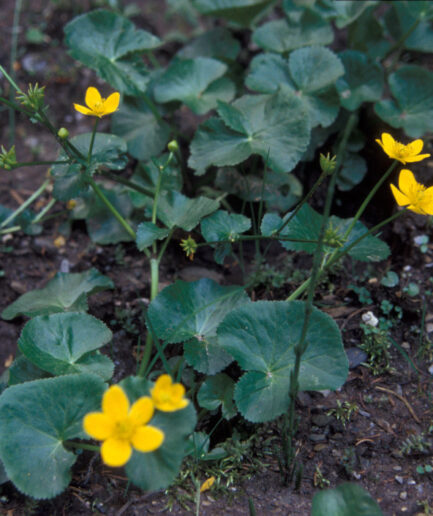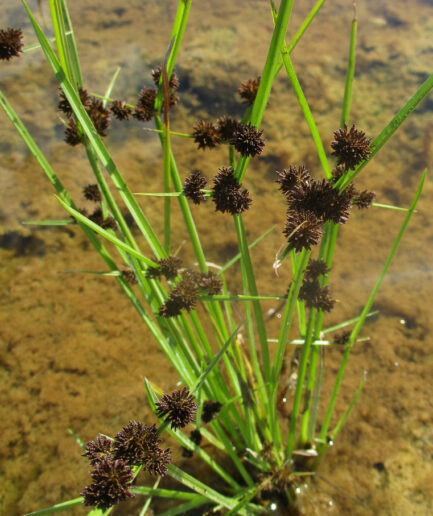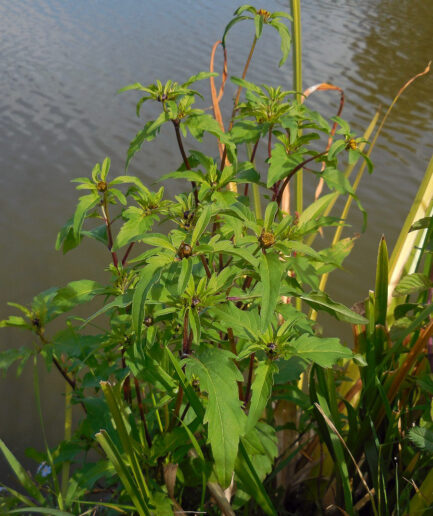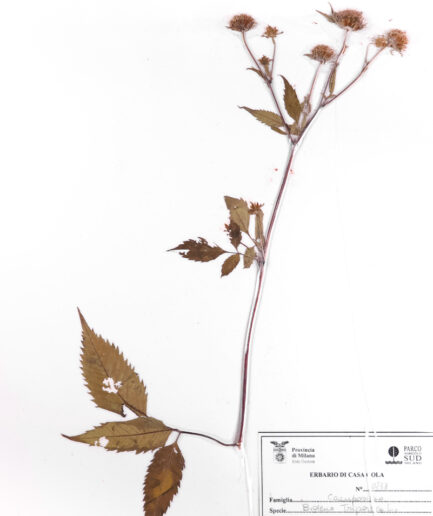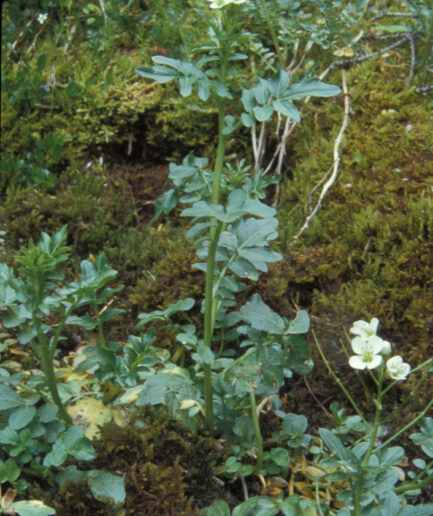Blue speedwell
Scientific name: Veronica anagallis-aquatica L.
Family: Plantaginaceae
MORPHOLOGY
Growth habit and size: Herbaceous, perennial, sometimes annual plant (10 cm), robust, glabrous, rarely glandular, with a thick fasciculate root. Height 20-100 cm.
Stem: Prostrate at the base, then erect, tubular, swollen, and highly branched.
Leaves: Basal leaves shortly petiolate, 4-12 cm long, ovate-lanceolate blade with fine irregular dentation, while stem and racemes leaves are similar to basal ones but opposite, sessile, and progressively smaller. The leaves of lateral sterile shoots are also petiolate.
Flowers: Inflorescence in axillary racemes, opposite, multiflorous (20-60), with a light blue or light lilac corolla, 5-10 mm in diameter, veined; fruiting pedicels erect-patent, inserted at acute angles on the branches, more or less as long as the bracts. The calyx, fused at the base, has ovate-lanceolate, glabrous, rarely pubescent sepals. It blooms from May to October.
Fruits and seeds: Fruits are ovoid subspherical capsules, 2-4 x 2-3.5 mm, slightly emarginate, shorter than the calyx at maturity; ellipsoid, suborbicular, biconvex seeds, with a granular, brownish-yellow surface.
DISTRIBUTION AND HABITAT
It grows throughout Italy except at sea level up to 1,000 m. This species thrives along the banks of running waters such as canals, streams, brooks, and ditches; if it were to grow in very moist soils, its development would be much smaller.
USE
According to some authors, it has digestive, appetizing, diuretic, tonic, expectorant, and antispasmodic properties. It is used externally for skin and oral cavity inflammations. Before taking any plant-based product (medicinal or non-medicinal) for therapeutic or similar purposes, it is always advisable to consult a doctor.
INTERESTING FACTS
In the past, young shoots were used as a vegetable, hence the name “cress,” but this practice has now been completely abandoned. It was often confused with Veronica beccabunga, which is an excellent edible plant, despite its sour-spicy taste, that can be eaten raw in salads, and combined with other traditional salads to pleasantly modify their taste.
Photos: Kindly provided by Claudio Farinati.








